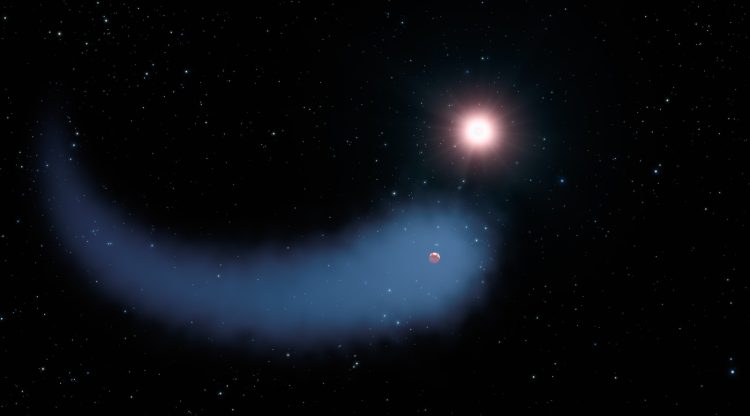A new study led by a team of astronomers at the University of Cambridge has detected “the most promising signs to date” of possible signs of past or present life on an exoplanet.
The experts, however, are cautious about sharing the entirety of their findings and they haven’t conclusively declared definitive signs of life beyond our planet Earth.
More about the study
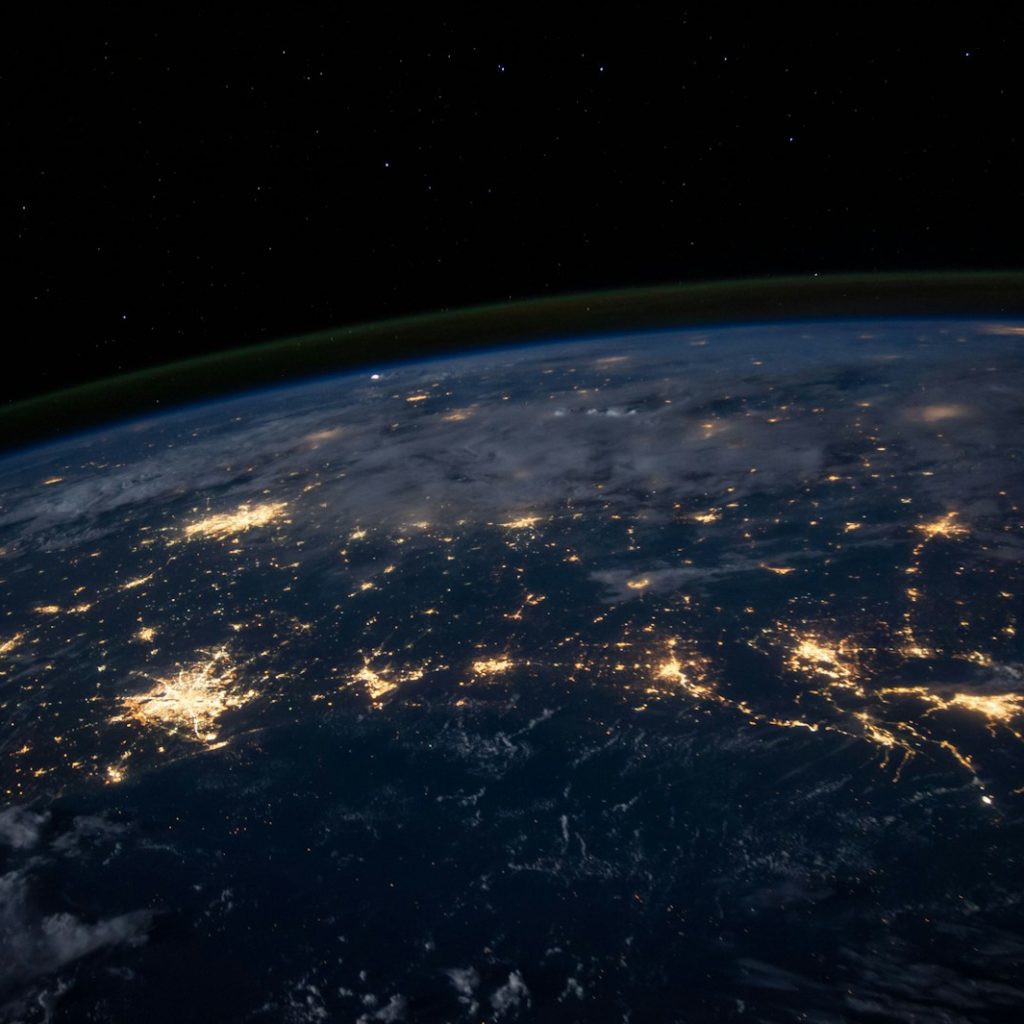
The New Constraints on DMS and DMDS in the Atmosphere of K2-18b from JWST MIRI study was published in The Astrophysical Journal Letters.
The study used a James Webb Space Telescope (JWST) which has been dubbed “the largest, most powerful and most complex telescope ever launched into space” to study the exoplanet K2-18b.
More about the exoplanet
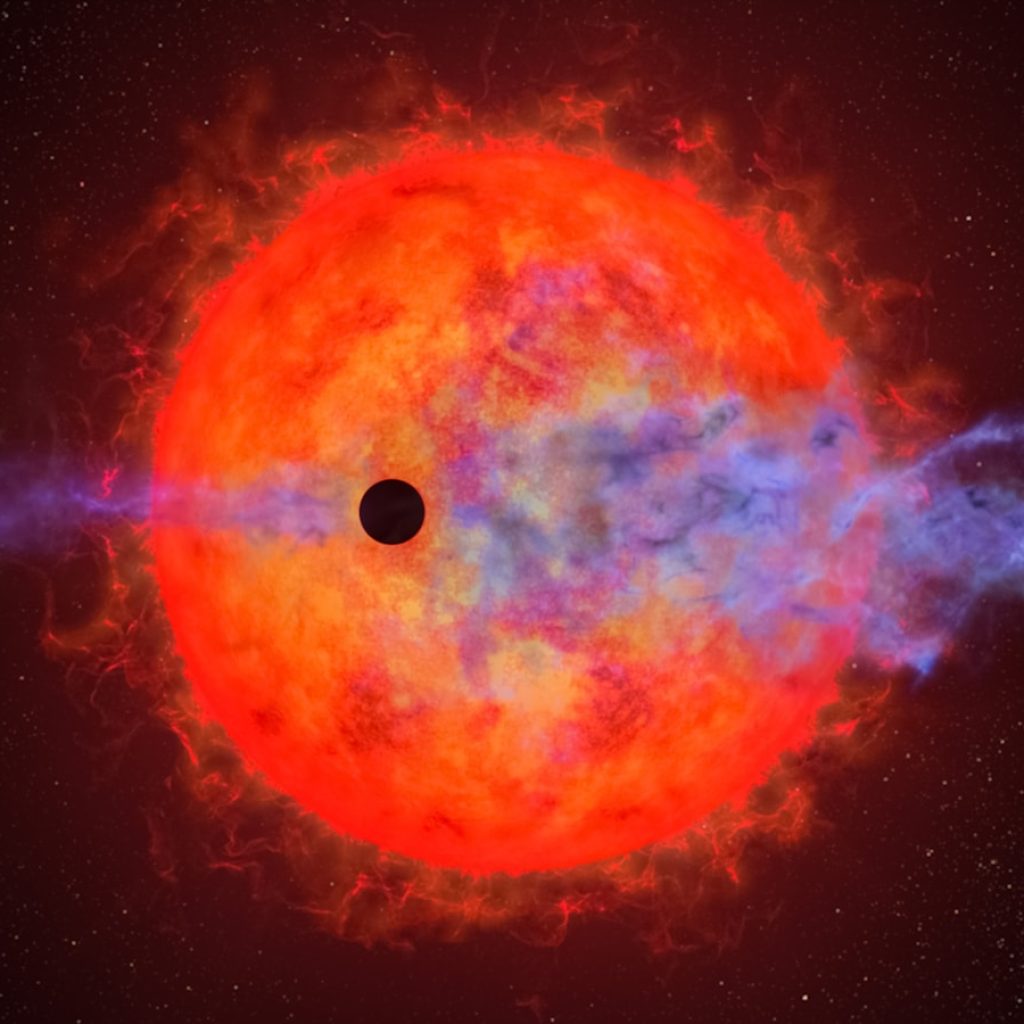
The K2-18b is an exoplanet that is 8.6 times larger than planet Earth. It estimatedly lies 120 light-years away from Earth and orbits the dwarf star K2-18.
The study looked into the exoplanet’s atmosphere and the astronomers have come across astonishing findings.
The study’s findings
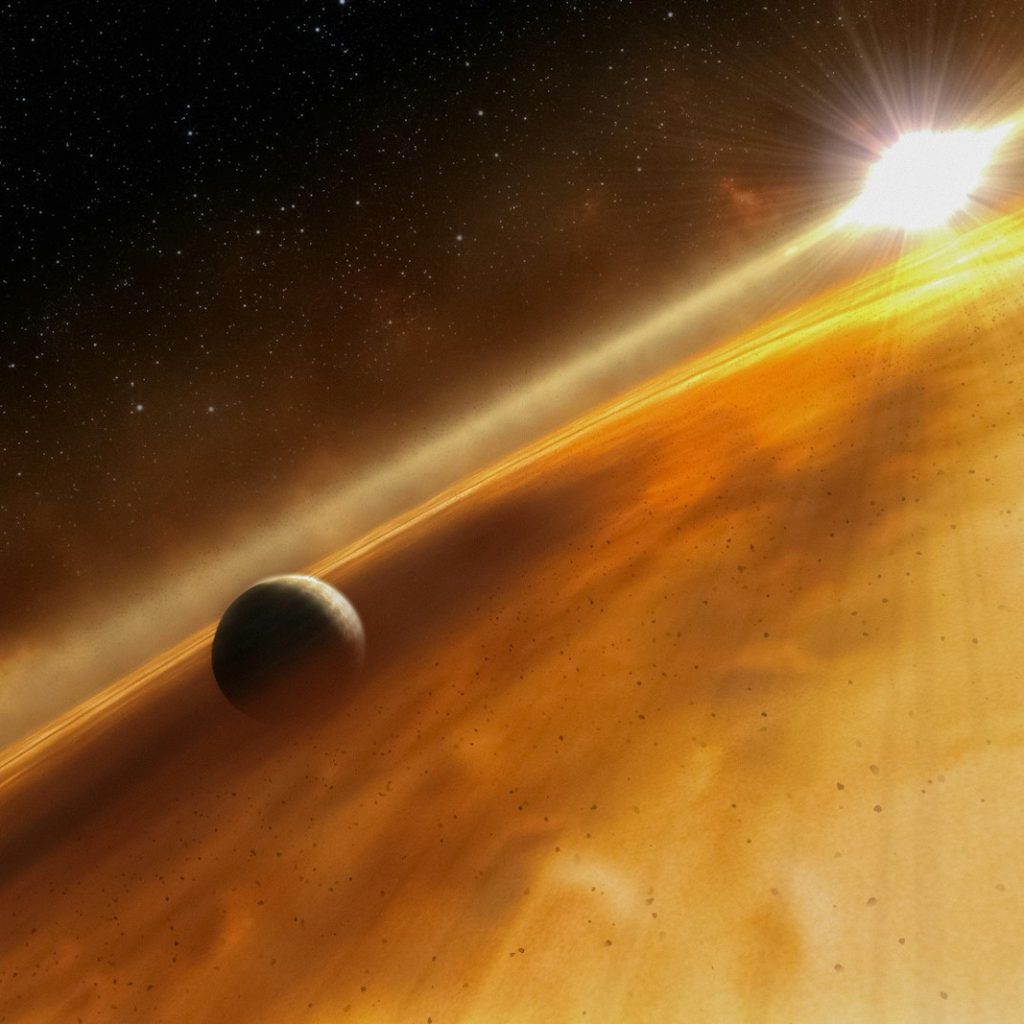
The astronomers involved in the study found “chemical fingerprints of dimethyl sulfide (DMS) and/ or dimethyl disulfide (DMDS) in the atmosphere of the exoplanet.”
These chemicals are primarily produced on earth by “microbial life such as marine phytoplankton.”
Why the astronomers are cautious about sharing the discovery
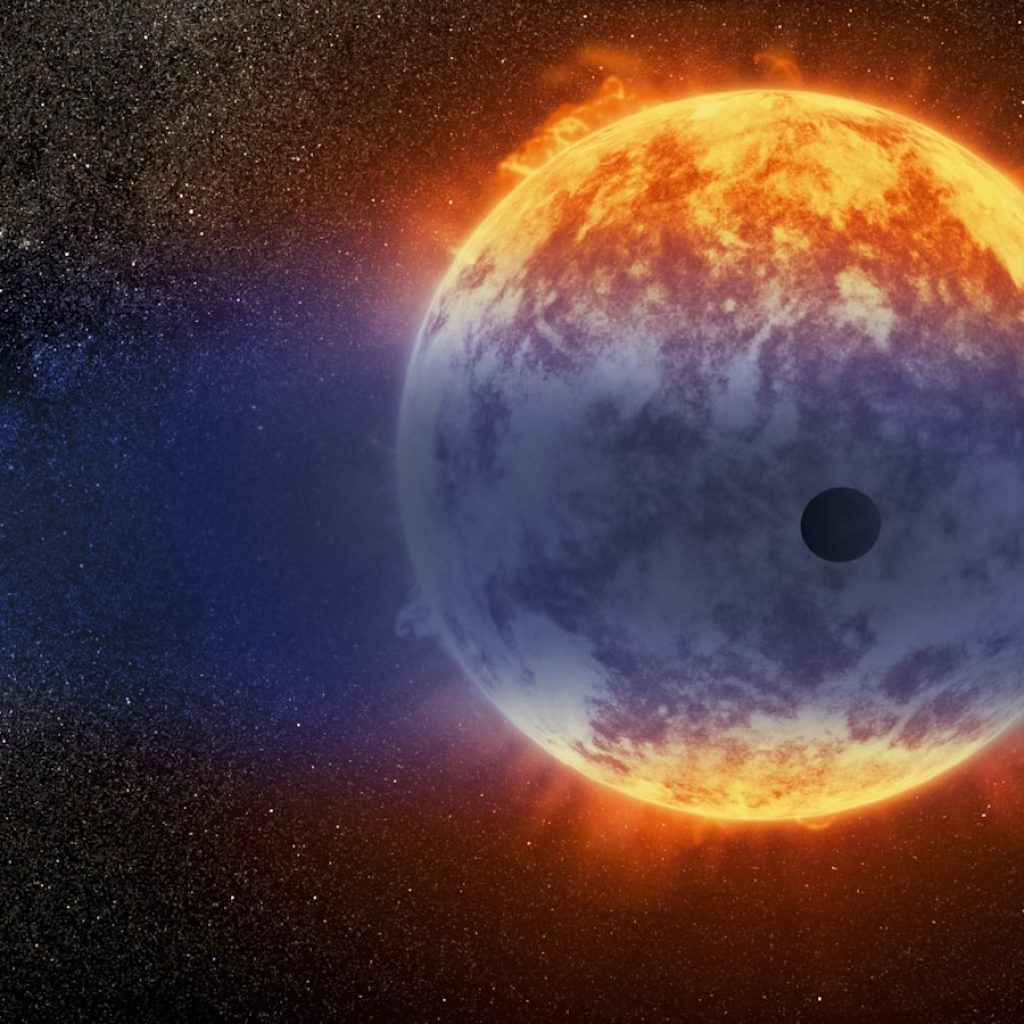
“While an unknown chemical process may be the source of these molecules in K2-18b’s atmosphere, the results are the strongest evidence yet that life may exist on a planet outside our solar system,” the study stated.
Additionally, the study concluded that there’s only “0.3 percent probability” that the chemical DMS/DMDS fingerprints “occurred by chance.” For the results to qualify as “the accepted classification for scientific discovery,” there has to be less than “0.00006 percent probability they occurred by chance.”
The professor who led the research weighed in
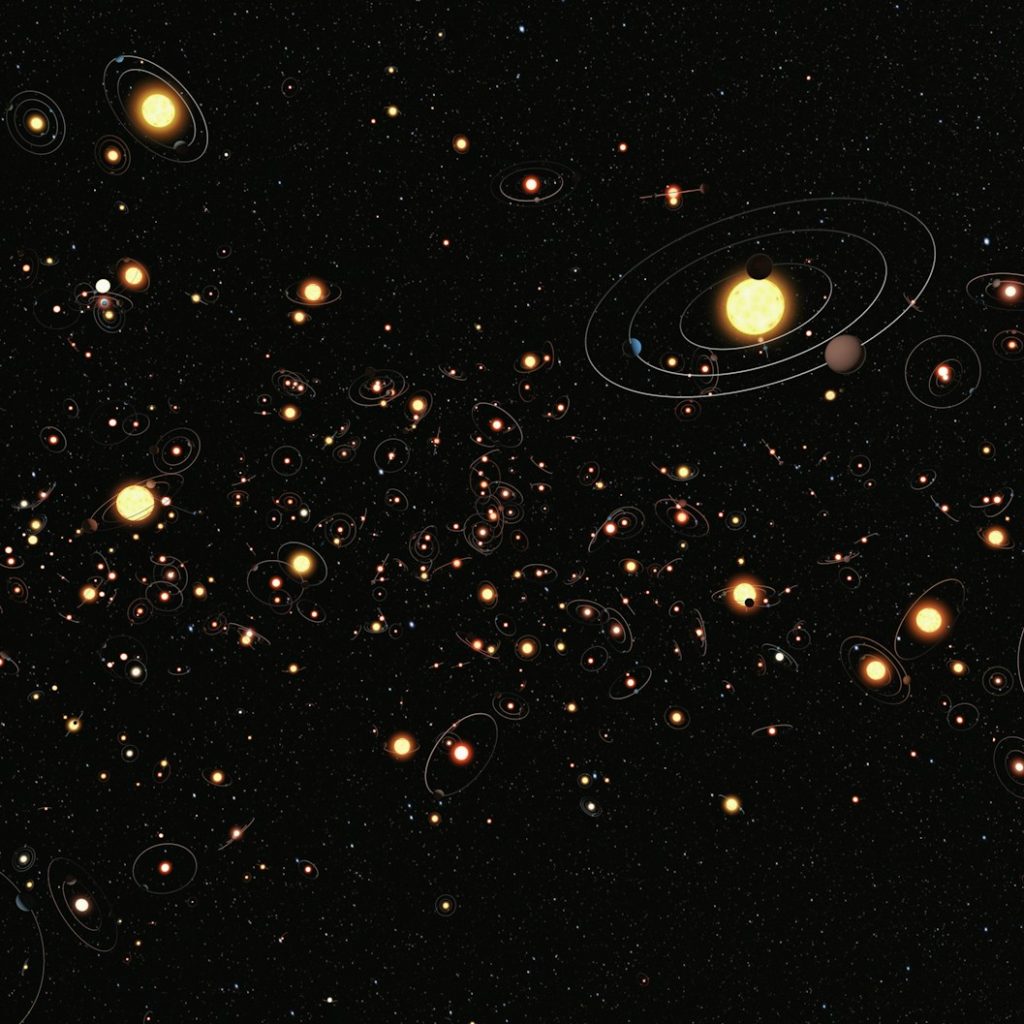
Professor Nikku Madhusudhan, the lead researcher from Cambridge’s Institude of Astronomy, said: “Earlier theoretical work had predicted that high levels of sulfur-based gases like DMS and DMDS are possible on Hycean worlds.”
“And now we’ve observed it, in line with what was predicted. Given everything we know about this planet, a Hycean world with an ocean that is teeming with life is the scenario that best fits the data we have,” he continued.
There could finally be an answer
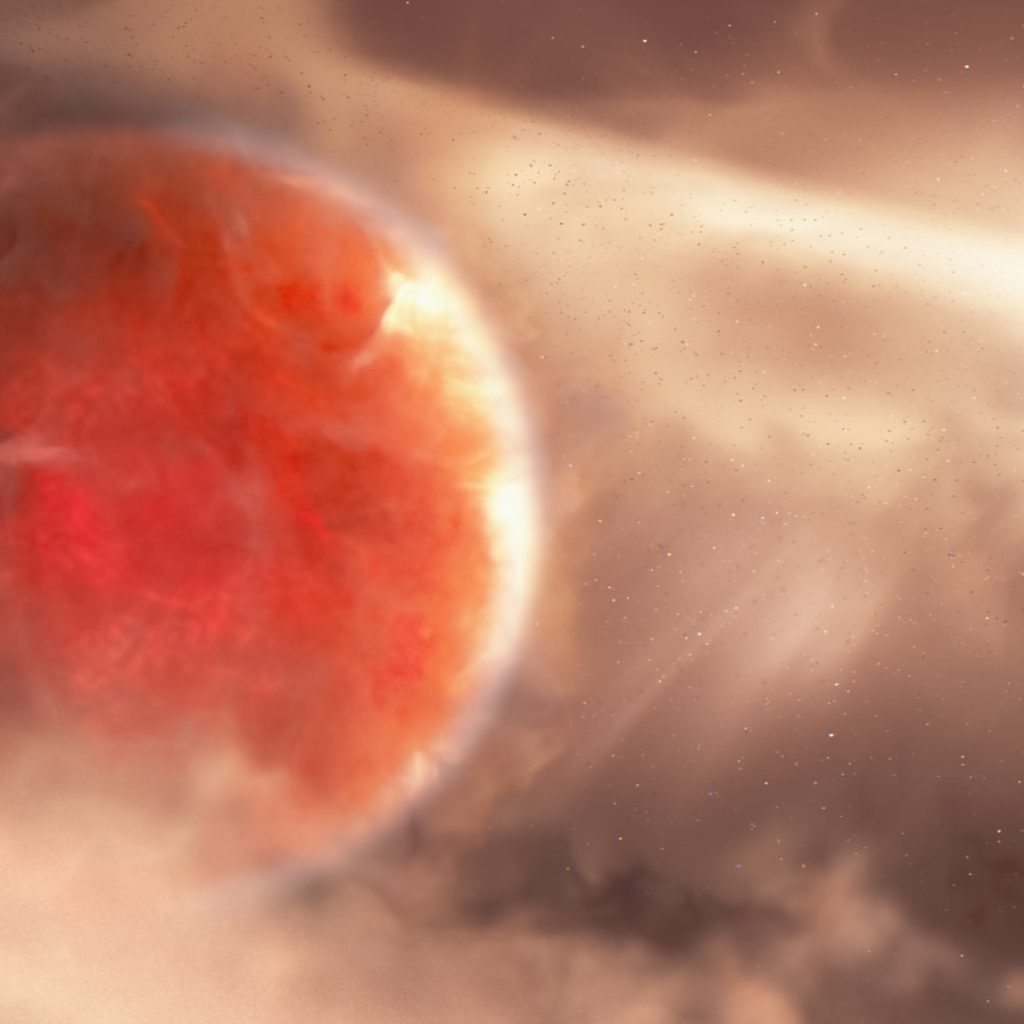
The lead reserachers are following up on their findings with their James Webb Space Telescope for 16 to 24 hours. This may help them attain the below 0.00006 percentage that will help make their discovery a scientific one.
“This could be the tipping point, where suddenly the fundamental question of whether we’re alone in the universe is one we’re capable of answering,” Madhusudhan added.











































